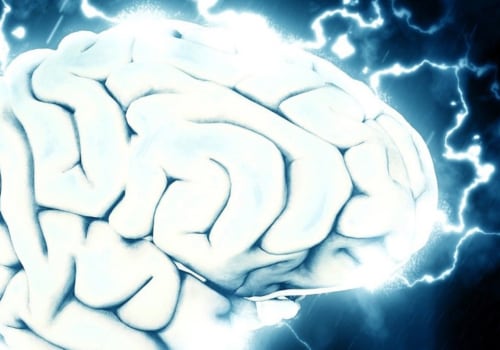Addiction is a complex phenomenon that can be defined in various ways. It is often described as a compulsive behavior that leads to the use of a substance or activity despite the negative consequences it may have on an individual's life. To better understand addiction, it is important to recognize the three components that make up this phenomenon. The first component of addiction is the physical aspect.
This refers to the body's physical dependence on a substance or activity. This can manifest itself in various ways, such as withdrawal symptoms when the substance or activity is stopped. The second component is psychological, which refers to the psychological need for a substance or activity. This can include cravings, obsessive thoughts, and compulsive behaviors.
The third component is social, which refers to the social context in which addiction occurs. This includes family dynamics, peer pressure, and environmental factors that can influence an individual's behavior. It is important to note that this definition of addiction should not be confused with other related terms. Although similar, this definition of addiction should not be confused with the diagnostic criteria for a category of disorders known as addictive and substance-related disorders (APA, 201).
We will compare and contrast other terms later in this chapter. Addiction is a complex phenomenon that requires an understanding of its three components: physical, psychological, and social. By recognizing these components, individuals can better understand how addiction works and how it can be addressed. With this knowledge, individuals can take steps to prevent or manage their addiction.






